Acronyms Beginning With P
Sales, marketing, and technology acronyms that begin with P
-
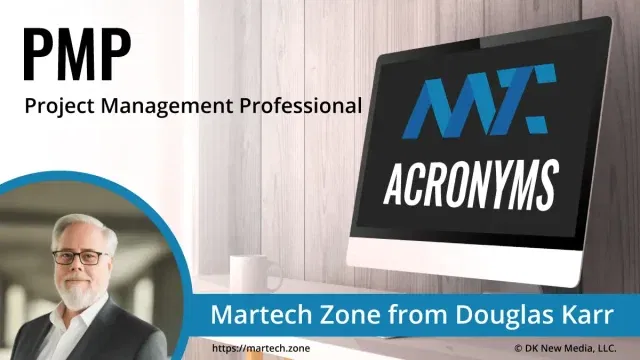
PMP
A certification program offered by the Project Management Institute (PMI) for project managers. The PMP certification is recognized globally and is one of the most widely recognized certifications for project managers. To become a PMP-certified project manager, individuals must meet…
-
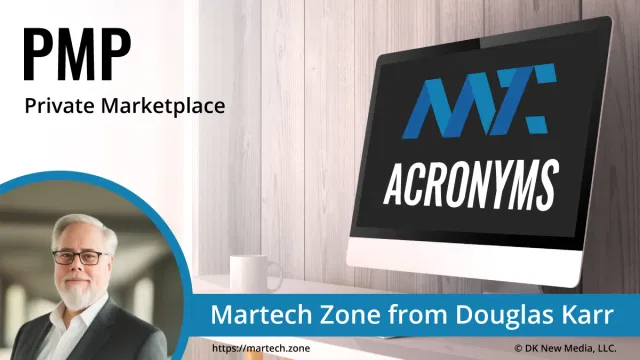
PMP
A type of programmatic advertising deal where digital ad inventory is sold through an invitation-only exchange. Unlike the open exchange, where advertisers bid publicly on impressions, PMPs create a controlled environment that gives publishers greater oversight of which advertisers can…
-
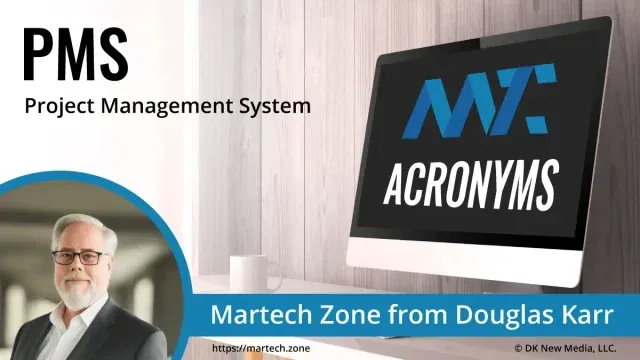
PMS
Also referred to as Project Management Software, a PMS is a suite of tools, techniques, methodologies, resources, and procedures used to manage a project through its lifecycle. It encompasses planning, scheduling, executing, monitoring, and closing projects, aiming to achieve specific…
-
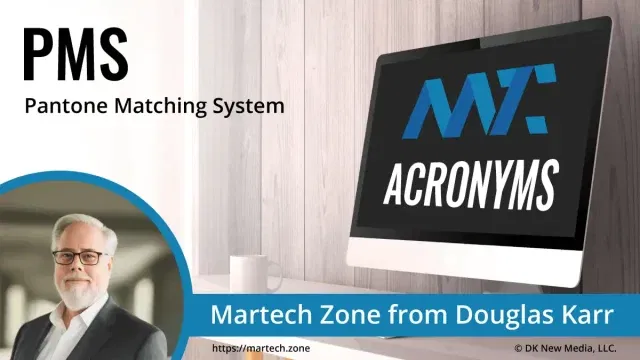
PMS
PMS is a widely recognized color standard that ensures brand consistency across all print and digital materials. PMS takes the guesswork out of color reproduction by assigning each hue a unique identification number. Marketers use Pantone color references to guarantee…
-
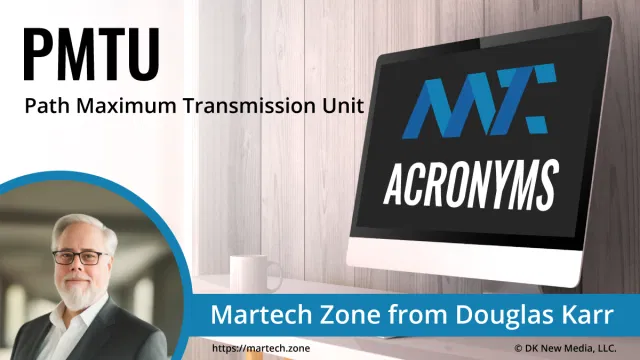
PMTU
Refers to the maximum size of an IP packet that can be transmitted without fragmentation along a particular network path. It’s an essential concept for ensuring efficient data transmission over networks. PMTU discovery is a process used to determine the…
-
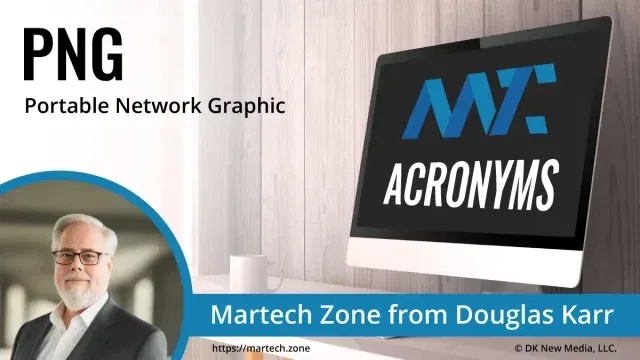
PNG
A raster graphics file format that supports lossless data compression. PNG was developed as an improved, non-patented replacement for Graphics Interchange Format (GIF) and is the most widely used lossless image compression format on the Internet. PNG supports features such…
-
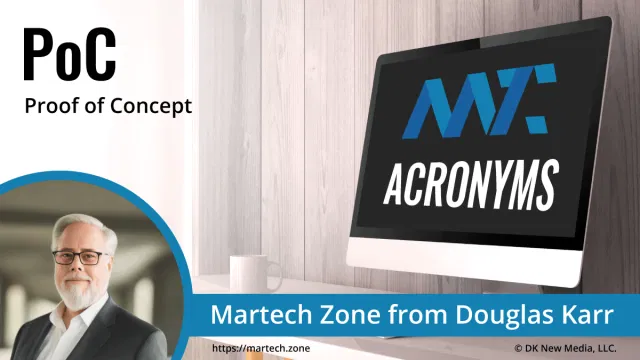
PoC
A critical step in the evaluation and adoption process for new technologies, products, or services. It is a practical demonstration of a concept or theory to verify its feasibility and potential value. Purpose: A PoC aims to demonstrate that a…
-

POC
An individual within an organization who is the designated representative for handling specific matters, questions, or communications related to a particular business function, project, or inquiry. The POC is the primary interface between the organization and external parties, such as…
-
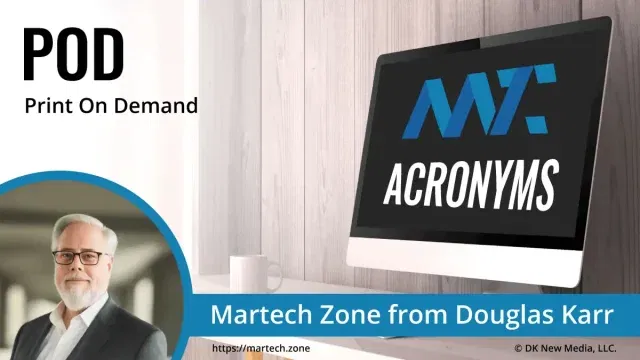
POD
A printing technology and business process that allows for producing printed materials, such as books, magazines, and other products, only when an order is received. This is in contrast to the traditional printing method, where large quantities of a product…
-
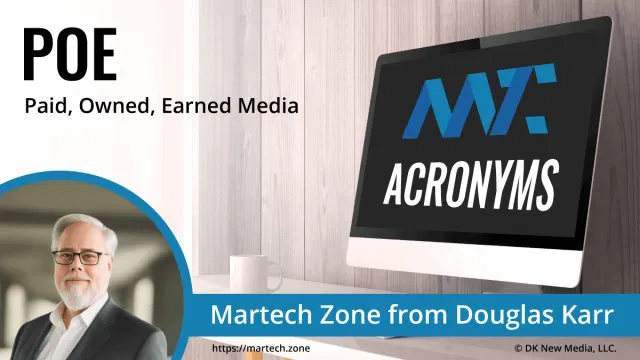
POE
A framework used in marketing and advertising to categorize different types of media and content strategies. Here’s how they break down: Paid Media: Refers to any marketing effort that requires payment to feature your brand on external websites and networks.…









